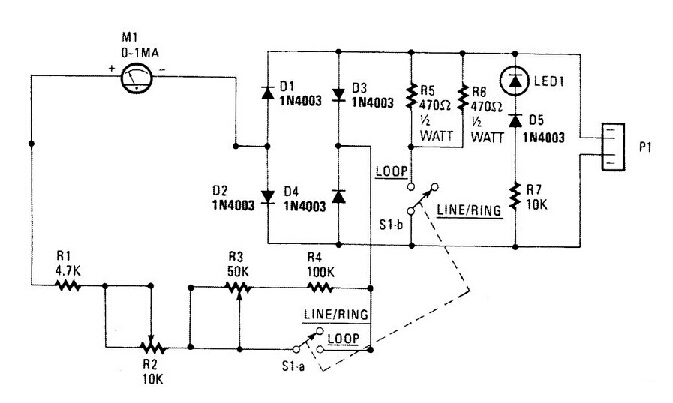An optical time-domain reflectometre (OTDR) is an optoelectronic instrument used to measure fibre loss, the loss and reflectance of fibre splices, and to locate loss irregularities within the fibre. Now there are many types of OTDRs providing different test and measurement needs including very simple fault finders and advanced OTDRs for link certification. Then, how to choose the right one?

First, you should evaluate your needs. Installing or maintaining fibre? For simple maintenance, a simple or low cost OTDR is good. It’s easy to use, requires the lowest possible investment and some even provides total link loss and optical return loss values. For not very complex installation, you should choose a mini OTDR based on the following key parametres for your specific environment.
This specification determines the total optical loss that the OTDR can analyze; i.e., the overall length of a fibre link that can be measured by the unit. The higher the dynamic range, the longer the distance the OTDR can analyze. Insufficient dynamic range will influence the ability to measure the complete link length and affect the accuracy of the link loss, attenuation and far-end connector losses. It’s good to choose an OTDR whose dynamic range is 5 to 8 dB higher than the maximum loss you will encounter.
Dead zones originate from reflective events (connectors, mechanical splices, etc.) along the link, and they affect the OTDR’s ability to accurately measure attenuation on shorter links and differentiate closely spaced events, such as connectors in patch panels, etc. There are two types of dead zones to specify OTDR performance:
Attenuation dead zone refers to the minimum distance required, after a reflective event, for the OTDR to measure a reflective or non-reflective event loss. Try to choose OTDR with the shortest possible attenuation dead zone to measure short links and to characterize or find faults in patchcords and leads. Industry standard values range from 3 m to 10 m for this specification.
Event dead zone is the distance after a reflective event starts until another reflection can be detected. If a reflective event is within the event dead zone of the preceding event. Industry standard values range from 1 m to 5 m for this specification. The event dead zone specification is always smaller than the attenuation dead zone specification.
Sampling resolution refers to the minimum distance between two consecutive sampling points acquired by the instrument. This is a quite important parametre as it defines the ultimate distance accuracy and fault-finding capability of the OTDR.
This parametre is also important because lots of time can be saved in the analysis of OTDR traces if you set Pass/Fail thresholds for parametres of interest (e.g., such as splice loss or connector reflection). These thresholds highlight parametres that have exceeded a Warning or Fail limit set and, when used in conjunction with reporting software, it can rapidly provide re-work sheets for installation/commissioning engineers.
If an OTDR has specialized post-processing software allowing fast and easy generation of OTDR reports, it can save up to 90% post-processing time. These can also include bidirectional analyses of OTDR traces and summary reports for high-fibre-count cables.
To choose a right OTDR for your test application, you should better consider the above factors. FS offers YOKOGAWA AQ1200A, EXFO AXS-110-23B-04B OTDR, etc,. with great accuracy, measurement range and instrument resolution. There must be one suitable for you and helpful to maximize your return on investment.
Originally published at http://www.articlesfactory.com/articles/communication/how-to-choose-a-right-otdr.html
Related article: What Should You Know Before Using an OTDR?






